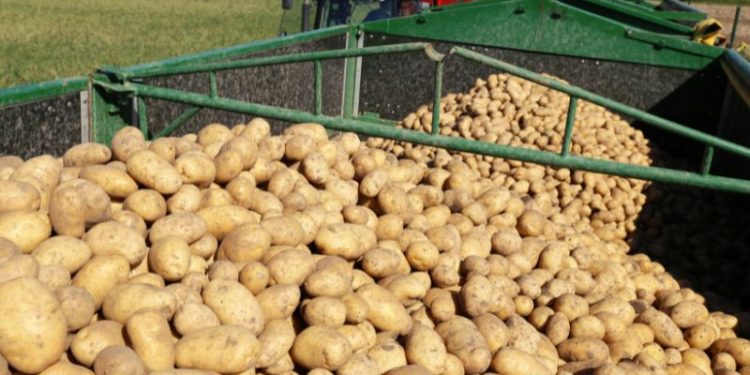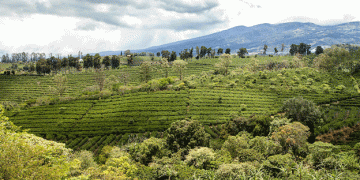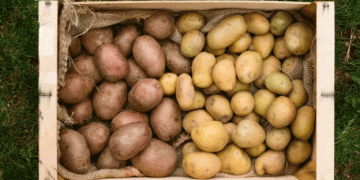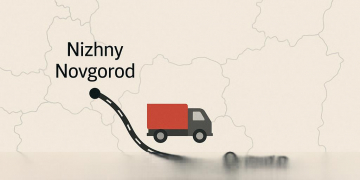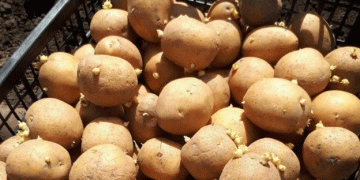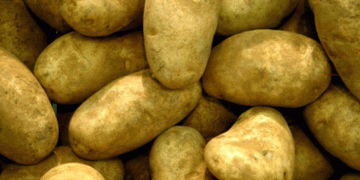Limited Early Harvest and Market Dynamics as Europe Awaits New Potato Supplies
As the new potato season unfolds across Europe, stakeholders from farmers to processors are closely monitoring the crop’s progress, navigating both challenges and opportunities presented by the current market conditions.
Market Overview: Delayed Harvests and High Demand
In Belgium, the late planting of this year’s potato crop has led to significant delays in the availability of early processing potatoes. Due to the later planting schedule, the expected early harvest will not meet the usual timelines, with adequate quantities of potatoes anticipated only by mid-August. According to the latest updates from the International Federation of Potato Producers (IFA), the delay is causing considerable concern within the processing sector.
IFA reports that while some early ‘table’ potato varieties are being harvested, the volumes are lower than usual. Prices for these early varieties are holding steady compared to last year, which is atypical for this time of year when prices usually decrease. The current high prices reflect the tight supply situation, exacerbated by the cold and rainy weather that has affected the crop’s development.
Impact of Weather Conditions on Crop Yields
Weather conditions have played a pivotal role in shaping the new season’s potato market. The persistent cold and wet weather has not only delayed planting schedules but has also impacted the yield of early potato varieties. In Ireland, for example, the ongoing weather challenges have led to a delay in the availability of the new season’s Queen potatoes, a popular early variety. The IFA’s potato experts note that the weather conditions have caused setbacks in the yield of early-planted crops, further tightening the supply.
As new season potatoes begin to enter the market, the available inventory is decreasing, leading to sustained high demand and prices for potatoes. This scenario is expected to persist for at least another two weeks until the next batches of early varieties are ready for harvest.
Market Dynamics and Future Outlook
The delayed availability of the new season crop has introduced both challenges and opportunities for various sectors of the potato industry:
- For Processors: The delay in the early harvest has created a supply gap for processing operations that typically rely on early-season potatoes. Processors may need to adjust their production schedules or seek alternative sources to meet their processing needs.
- For Farmers: Farmers are facing a unique market situation where prices for early varieties are remaining high due to limited availability. While this offers a chance for higher revenues, the ongoing weather issues and their impact on yields remain a significant concern.
- For Consumers: The combination of high prices and limited early crop availability could lead to increased retail prices for potatoes. Consumers may experience higher costs for fresh potatoes and potato-based products until the new season crop becomes more widely available.
Strategic Considerations for Stakeholders
As Europe navigates these market conditions, stakeholders are advised to consider several strategic approaches:
- For Processors: Planning for potential shortfalls in supply and exploring contingency measures can help manage the impact of delayed potato availability. Engaging with suppliers early and adjusting processing schedules may be necessary to adapt to the market situation.
- For Farmers: Monitoring weather conditions and adapting planting strategies can help mitigate the risks associated with delayed crop yields. Diversifying crop portfolios and investing in resilient crop varieties may also offer long-term benefits.
- For Researchers and Industry Experts: Continued research into weather-resistant potato varieties and improved crop management practices can help address the challenges posed by changing climatic conditions and ensure future market stability.
